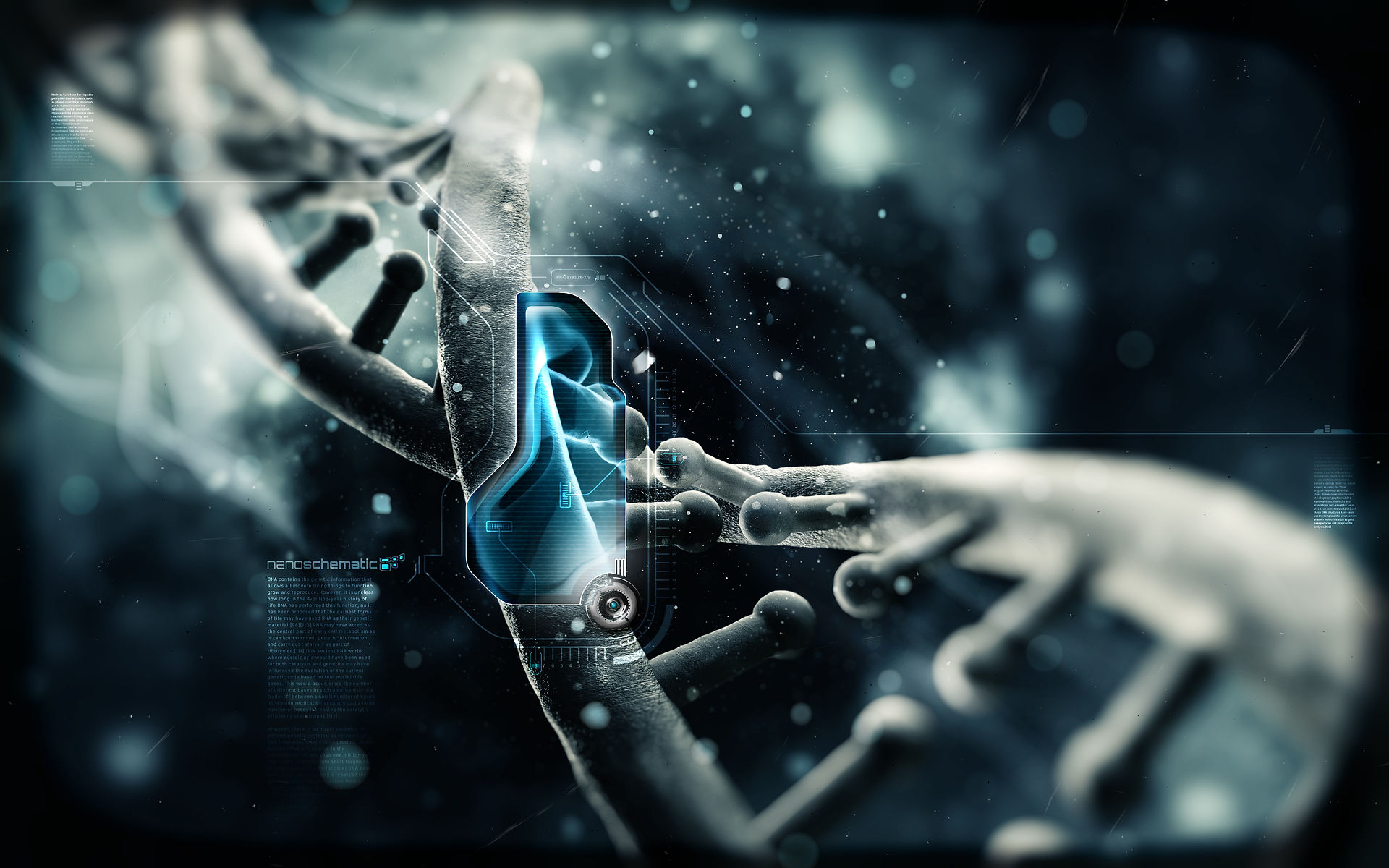
A special cell called a macrophage initiates antibody production
by ingesting the molecule in question, processing the molecule's
antigens, and then presenting these antigens to specialized blood
cells called Helper T cells. Helper T cells activate B cells (also
known as B lymphocytes) which clone themselves into two types
of B cells - memory B cells and plasma cells. Memory B cells
"remember" the antigen's unique shape, and will activate in the
presence of the offending molecule if it returns.
Antibodies are made up of two light chains and two heavy chains.
There is a hinge in between the two heavy chains to allow for flexibility.
The two light chains are identical to each other. In between the light chains and the heavy chains are the antigen binding sites, which recognizes the specific epitope sites on the antigen target of the antibody.
Antigens may have multiple epitopes, which enables diffe
rent antibodies to bind to the same antigen. If an antigen has multiple identical epitopes, the bond between the antigen and antibody is stronger.
Once an antibody binds to its target, the immune system destroys the molecule through a variety of mechanisms, or a combination of multiple methods.
(Text Citation 25, Text Citation 28, Text Citation 29, Text Citation 30)
Plasma cells are essentially antibody factories. Plasma cells churn out identical copies of antibodies specific to the antigen shape - as many as 10 million antibodies in one hour.
(Text Citation 24, Text Citation 25, Text Citation 26, Text Citation 27, Text Citation 29)

Antibody with labeled parts

Antibody with labeled parts
How do Antibodies Work? - Antibody Structure

Text Citation 25: The immune response: Macrophages, Helper T Cells, B Cells, and antibody production (Click to Expand)

Text Citation 25: The immune response: Macrophages, Helper T Cells, B Cells, and antibody production (Click to Expand)
Antibody Production
1. Neutralization of toxins (antitoxins)
2. Making target more attractive to macrophages and other phagocytes to be consumed
3. Covering the target to physically disrupt its interactions with other cells
4. Causing an inflammatory reaction - inflamed tissues can prevent infectious agents from escaping
5. Activating a complement reaction, which involves at least 25 proteins that work in a "cascade." Each protein performs a specialized function and then triggers the next protein, which culminates in a cylinder that bursts the antigen-bearing cell (called lysis).
Understanding Antibodies
Antibodies are naturally occurring protein-based structures that are used by the body's immune system. The body uses antibodies to defend itself against molecular bodies such as bacteria, viruses, fungi, and other malignant substances.
The immune response that results in antibody production is caused by identification of large proteins called antigens located on the foreign body's surface. Within these antigens are specific sites called epitopes. Epitopes are what antibodies specifically recognize as their targets, although they may bind to the entire antigen as a whole. Antigens can have multiple different epitopes. The more identical epitopes on the antigen, the stronger the bond between antigen and antibody.
(Text Citation 24, Text Citation 25, Text Citation 26, Text Citation 27, Text Citation 29)
Video Citation 7: Click above to view "Antigenic Determinants (Epitopes)" - (will open new page)
Page Contents
• Antibody Production
• How Do Antibodies Work? - Antibody Structure
• A Note On Polyclonal Antibodies
A Note on Polyclonal Antibodies
Polyclonal Antibodies are the first type of antibody-based treatment, with Monoclonal Antibodies being the second.
Polyclonal Antibodies are used in Intravenous Immunogl-
obulin (IVIG), which contains antibodies from thousands
of pooled donors. These antibodies target a variety of
hostile molecular targets, including viruses, bacteria, etc.
Injected en masse, these antibodies are a nonspecific
treatment method that is sometimes used as a precauti-
on, such as when a person is traveling to a location with
diseases they would not have natural immunity against.
Although Monoclonal Antibodies are not the first antibody-based treatment, their advent was significant because it is a specific treatment. Polyclonal antibodies and their use in IVIG is nonspecific - as such, their therapeutic application is very limited.

Several IVIG drugs.

Several IVIG drugs.

